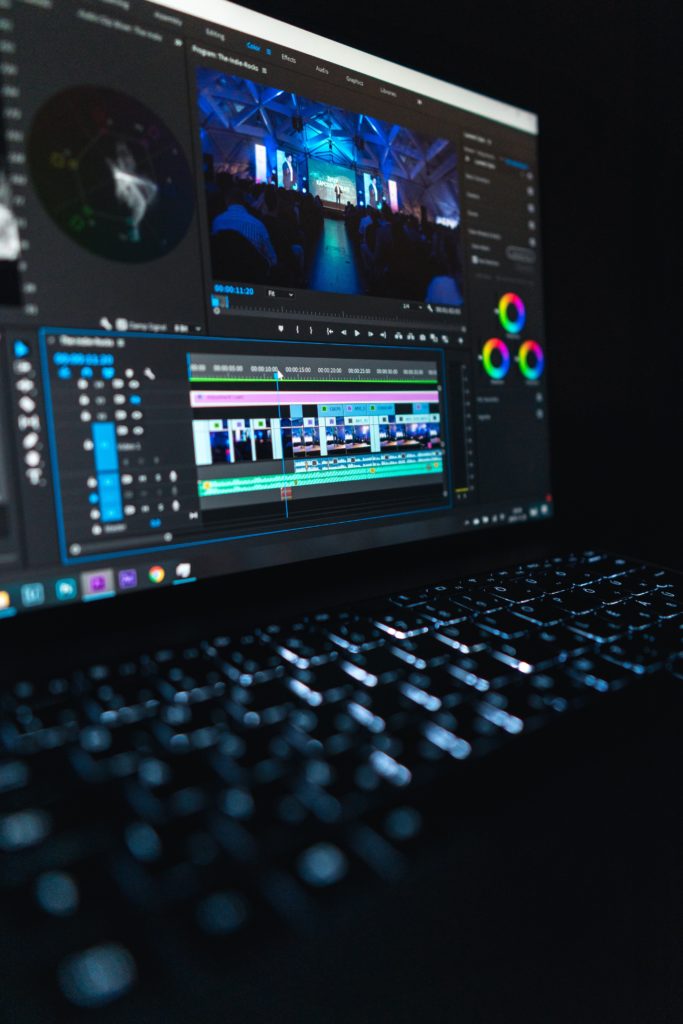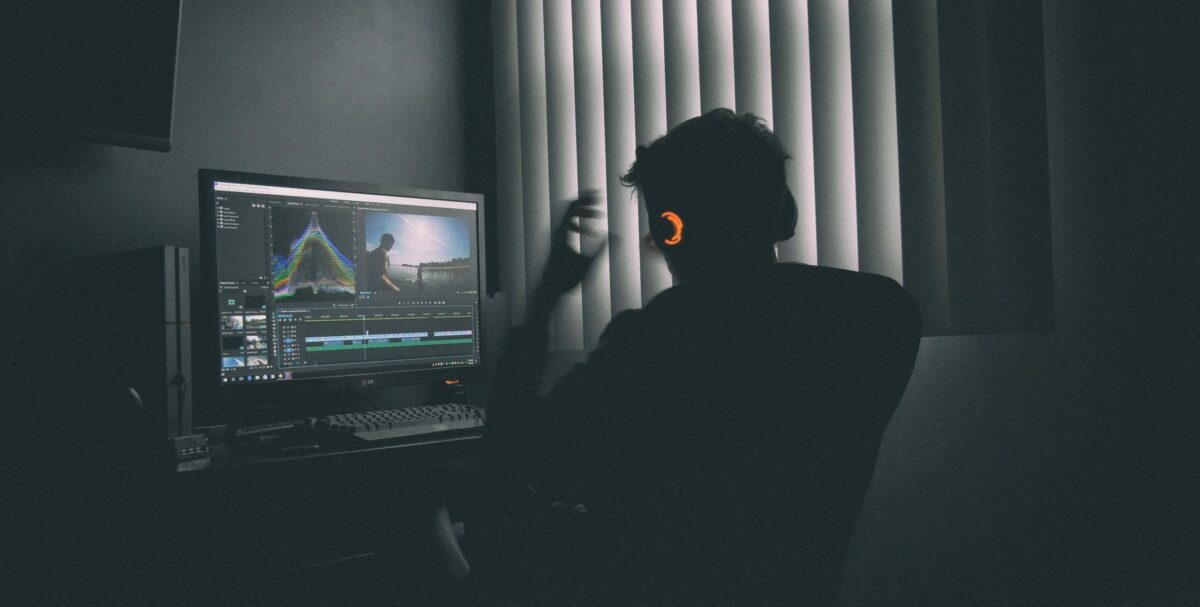Massive popularity is being accorded to video material, and for good reason. The creator’s intended vision may be conveyed precisely via video rather than through text or voice, which might leave scope for the viewer to fill in many aspects.
Content that leaves things up to the consumer’s imagination is an excellent technique for capturing their attention.
To be clear, we don’t mean to imply that video is superior to other media; rather, we mean that it is different and better suited to particular situations.
Filming is usually just half the fight when it comes to video production; editing is a significant portion of that struggle.
Even while this is common practice in the realm of commercial video production (such on TV programs or movies), it is not always possible for amateur filmmakers to send their videos off to an editor for editing.
Fortunately, do-it-yourself options are now much more accessible.
Video editing’s technical aspects are well-documented, and a simple Google search will turn up instructions on how to accomplish just about anything in any program.
However, what about the editing’s artistic side?
We have curated a set of easy-to-follow but highly impactful editing tips that can make a world of a difference in the final output.
Let’s start.
Post Contents
5 Impactful Video Editing Tricks

1. Ensure a Simple Editing Workflow
There are a lot of things that can be done to help the editing process go more quickly, but this extends to the whole filmmaking process in general.
It’s easy to lose focus and lose drive when you’re doing mindless, repetitive work.
If you have the ability to take notes while shooting, you must do it. If you’ve taped an interview and need to exclude any unpleasant language, this feature will come in useful.
A simple solution? Deploy an online video editor that can streamline your entire video editing workflow.
While editing video, make a note of where sound effects need to be added if you want to keep your video and audio editing process separate.
These seemingly little details add up to a far more streamlined and enjoyable editing process.
2. Pick your Cuts Carefully
To begin, let’s practice cutting between shots. Editing is an art, and there is no “correct” cut that can be applied to every situation.
It’s a thankless job since no one will notice a good cut, but everyone will notice a poor one.
For a public lecture or interview, the variables that determine how you create the cut are significantly different than when you cut a short film or dramatic piece.
You’re switching between several cameras showing the same object, or are you cutting completely out of the present scene?
3. Edit Out as Much as Possible
In general, cutting as much as possible without harming your final movie is a good practice as long as you follow the guidelines.
The message or narrative should not be ruined, and whatever the audience is meant to take away from the video is not hidden or difficult to follow, but it should be succinct.
This is important. Even if a book takes you eight hours to complete, people will be displeased if a movie is more than two and a half hours long.
Now, there’s a lot of room for creativity here.
If it’s your project, you may feel that there’s a lot of material that has to be included but that may be omitted without negatively impacting the project.
You own the creative rights to it, of course. While it’s up to you whether or not anything is crucial to the final edit, it’s probably smarter to seek some second views on your edit before making any final decisions.
4. Take Breaks while Editing
Allowing yourself to go away from your project for a short period of time and return to it with fresh eyes and ears is an extremely helpful tool for discovering details you may have overlooked in any kind of media.
When you spend a lot of time going over the same material, your attention starts to wane.
And when you know how something should be, it’s much easier for your mind to “fill in the gaps,” making you overlook the fact that things aren’t quite how you expected them to be.
Taking a break from editing doesn’t have to be a strict rule, but once you feel it’s done, it’s a good idea to take a week or two off and then return to it.
This provides your brain a chance to completely purge the video from your system, allowing you to see it from a new viewpoint the next time you watch it.
5. Never Rush your Edits
The last piece of advice has a flaw. To hear something like that, realize how short people’s attention spans are, then continue to remove whatever you can from a video may be quite simple.
This includes the sound of nothingness.
When a video blogger, also known as a “vlogger,” spends time talking to the camera and then edits away all of the silences in between each phrase, this is a popular technique.
That’s fantastic for vlogs, at least. However, it doesn’t work as well with other types of video.
Your film should have some “breathing room,” which is when you leave some blank space.
When your audience is meant to be absorbing the message or following the story, you don’t want to bombard them with continuous auditory and visual stimulation.
Conclusion
If you’re interested in learning how to edit your own videos with a creative touch, perhaps these suggestions will be helpful.
Much of what’s been said here is up to your own discretion, and the more you edit, the better your discretion will become.
As a learning exercise, using any film you find on the Internet to practice editing may be beneficial.






























